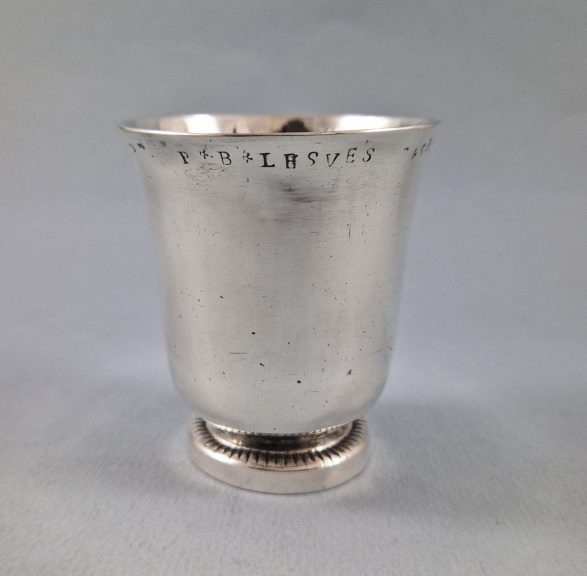Baptisms are significant moments in a person’s life. In the vast majority of cases, a baptism takes place during childhood, although it is quite possible to perform a baptism once a teenager or even an adult. Regardless of the age of the person performing such a ceremony, baptism remains the first step on the path to faith and religion.
In the case of a baptism, it is traditional for the guests to offer a gift. This gift is most often a gold or silver jewel that the baptized person keeps throughout his or her life. We can therefore take a closer look at these gifts in order to better understand their scope, but also to make a better choice.
The baptism gift
When we think of a baptismal gift, we very often think of a silver or gold cross. If not a bracelet, also in gold or silver. Very symbolic and valuable gifts. However, the Silver timpani also constitutes a gift of choice for such an occasion. Indeed, a timpani, also called goblet, is a traditional gift during baptisms, such as births.
These same timpani can be in silver, solid silver, but also with pearls, in order to increase their value. The silver cup is a very unique gift that stands out from the other gifts typically offered on such occasions. We can therefore take a closer look at this gift below in order to discover its origins and its use.
The case of the silver timpani
Originally, the timpani was part of military equipment and was a valuable item in families. Unsurprisingly, the silver-plated timpani was very quickly passed down within noble and bourgeois families as a family heritage. It could also be purchased from goldsmiths and offered at baptisms. The silver goblet therefore naturally initially evoked the fact of living in a wealthy family.
Although it is sometimes referred to as a goblet, the timpani obviously only has the shape of one. It is of course possible to use it as a container, although this is not its primary function. Indeed, if silver has interesting antimicrobial and antibacterial properties, this does not exclude the fact of cleaning the cup in question before using it in this way. Finally, a timpani is always very decorated and the name of the person who receives it as a gift is engraved on it.
When it comes to maintaining a timpani, it is important to remember a few things:
- Its oxidation is natural and does not at all betray any lack of quality. A gentle wipe with a suitable cloth can make them disappear quickly.
- A cleaning more in-depth is possible, and this, with different methods. Ecologically, with water and lemon juice or water and vinegar. Or in a more classic way with water and baking soda, or water and soap.

 Why hire an entertainer for your child’s birthday?
Why hire an entertainer for your child’s birthday? How to attract children to a restaurant?
How to attract children to a restaurant? 7 Tips for Transporting Food for a Birthday
7 Tips for Transporting Food for a Birthday Card game ideas to play with the family
Card game ideas to play with the family